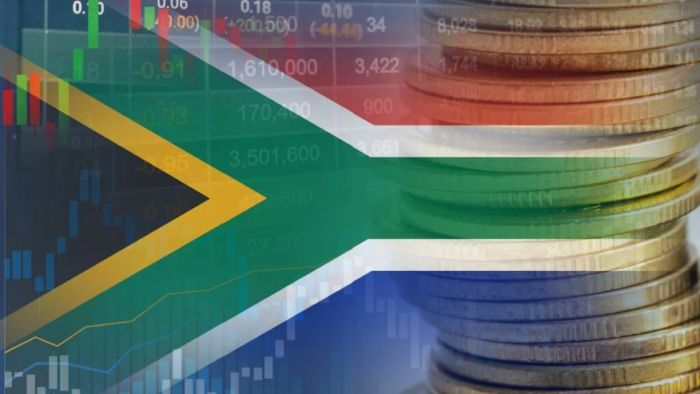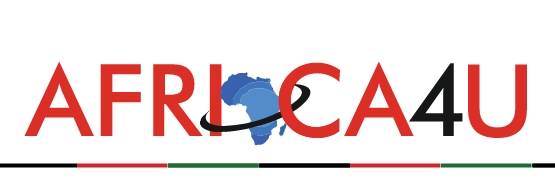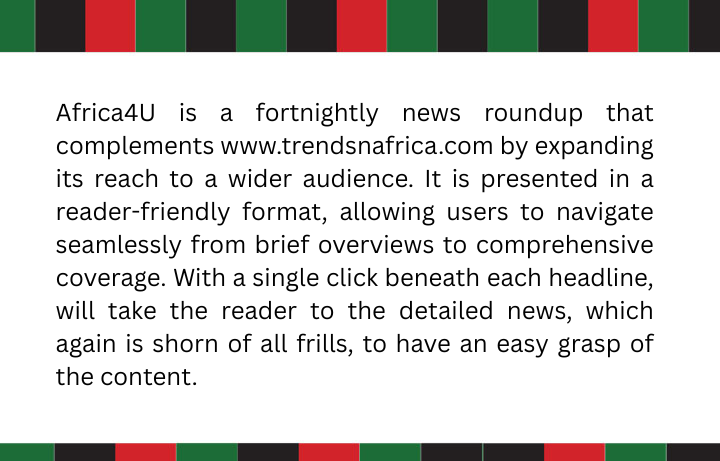(3 Minutes Read)
South Africa experienced a significant boost in foreign direct investment (FDI) during the first quarter of 2025, with inflows reaching 11.7 billion rand, equivalent to around USD 661.46 million. This represents a substantial increase compared to the 7.5 billion rand recorded in the last quarter of 2024, according to the South African Reserve Bank’s (SARB) latest Quarterly Bulletin, released on Thursday.
The SARB explained that the surge in FDI was largely driven by foreign parent companies increasing their equity holdings in South African subsidiaries. This trend indicates a revival of investor confidence in the country’s economic prospects, despite ongoing structural challenges such as electricity shortages (load shedding) and lingering policy uncertainty.
The latest FDI figures suggest that South Africa continues to offer compelling opportunities in key industries, attracting capital even as it grapples with broader economic hurdles. Sectors like renewable energy, manufacturing, and financial services have remained particularly appealing to international investors, who are increasingly seeking high-yield opportunities in emerging markets.
Economists have emphasized the importance of sustained FDI inflows for long-term economic health, pointing out their role in job creation, technological advancement, and the growth of domestic industries. These areas are central to the goals of South Africa’s Economic Reconstruction and Recovery Plan (ERRP), which aims to revitalise the economy following recent years of stagnation.
Despite global economic pressures—including rising interest rates and geopolitical tensions—South Africa’s improving investment profile could mark a pivotal shift in how global capital markets view the country. The positive FDI performance in early 2025 may set the stage for continued growth through the rest of the year, especially if the government accelerates key infrastructure projects and deepens structural reforms.
Read Also:
The SARB’s quarterly updates are widely regarded as a key indicator of investor sentiment toward the country. This latest bulletin suggests a cautiously optimistic outlook, with renewed foreign capital inflows serving as a potential catalyst for sustained economic momentum.





